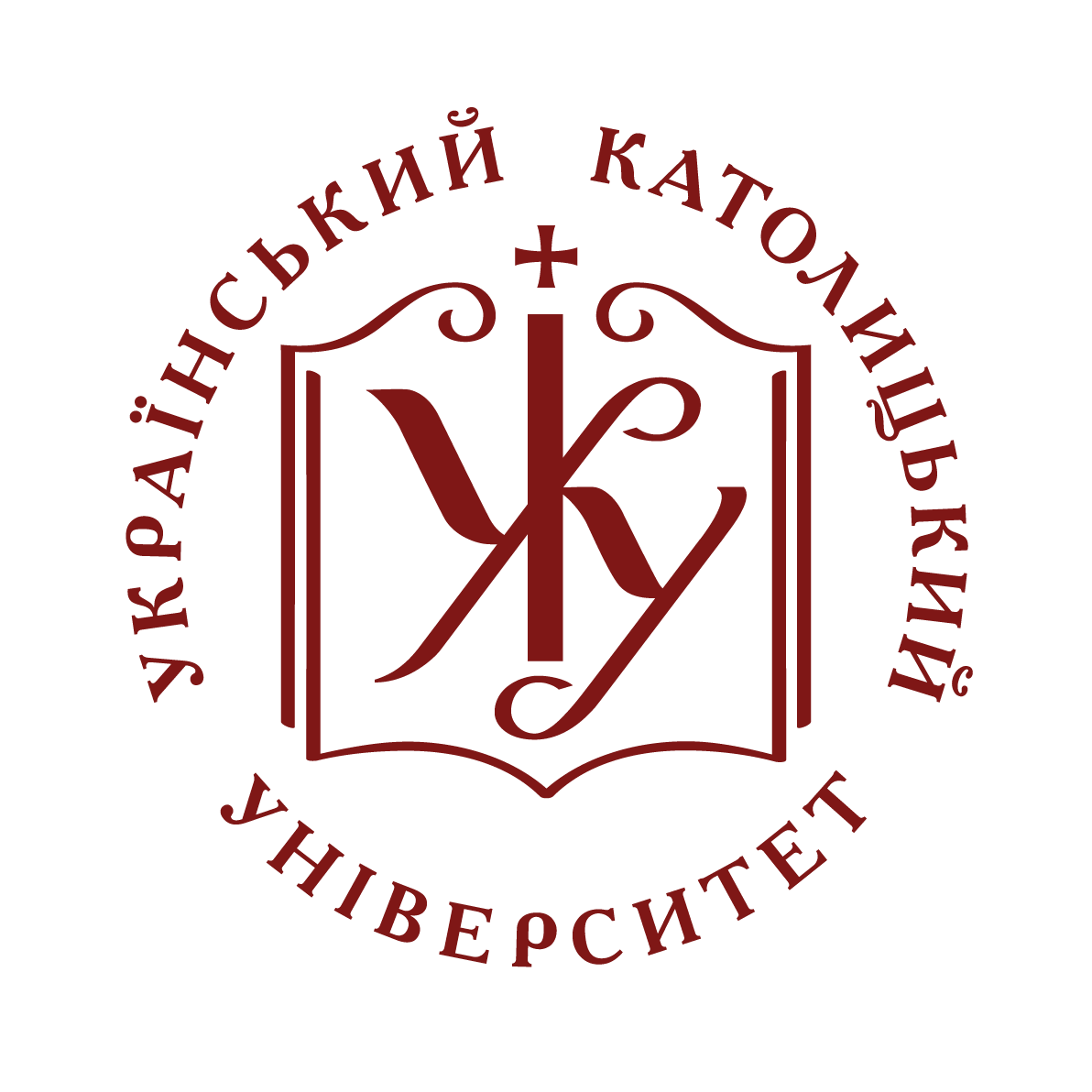- Домівка
- →
- Faculty of Health Sciences | Факультет наук про здоров’я
- →
- Кафедра соціології [стара організаційна структура]
- →
- Статті
- →
- Перегляд матеріалів
Сценарії JavaScript вимкнено для Вашого браузера. Деякі функції цього сайту не будуть працювати без них.
Показати скорочений опис матеріалу
| dc.contributor.author | Sudyn, Danylo
|
|
| dc.contributor.author | Судин, Данило
|
|
| dc.date.accessioned | 2015-12-29T09:10:03Z | |
| dc.date.available | 2015-12-29T09:10:03Z | |
| dc.date.issued | 2015 | |
| dc.identifier.citation | Судин Д. Евристичний потенціал вивчення повсякденності з допомогою кількісних методів / Данило Судин // Народознавчі зошити. - 2015. - №6. - С.1425-1434. | uk |
| dc.identifier.issn | 1028-5091 | |
| dc.identifier.uri | http://er.ucu.edu.ua/handle/1/428 | |
| dc.description.abstract | В статті розглянуто можливості використання кількісних методів у вивченні повсякденності. Перш за все, стаття демонструє, що повсякденність була об’єктом міждисциплінарних досліджень від появи наукового інтересу до цієї тематики. Крім того, запропоновано новий погляд на “кругообіг” методів наукових досліджень між соціологією та антропологією. Загальновідомим є твердження про те, що якісні методи почали використовуватися в соціології під впливом антропологів. Проте майже не приділяється уваги вивчення зворотного процесу – запозиченням кількісних методик антропологами. Стаття містить приклади антропологічних досліджень, які використовували кількісний інструментарій. Основну частину статті присвячено демонстрації можливості успішного використання кількісних методів в вивченні повсякденності на прикладі хатньої роботи. Для виконання цього завдання використано базу даних European Social Survey за 2010 р. Отримано результати, які засвідчують важливі відмінності як в об’ємі хатньої роботи, яка виконується чоловіками та жінками, так і в факторах, що впливають на таку ситуацію. Стаття демонструє, що отримані закономірності можна було виявити лише з допомогою кількісного інструментарію, оскільки якісний є нечутливим до ситуацій, коли самі респонденти не усвідомлюють причин тих чи інших дій та практик, або відмовляються їх озвучувати досліднику. Втім, стаття також демонструє обмеження кількісних методів і наголошує на важливості їх доповнення якісними методиками. | uk |
| dc.language.iso | uk | uk |
| dc.subject | повсякденність | uk |
| dc.subject | антропологія | uk |
| dc.subject | кількісні методи | uk |
| dc.subject | everyday life | en |
| dc.subject | anthropology | en |
| dc.subject | quantitative methods | en |
| dc.subject | Social anthropology | en |
| dc.subject | Sociology | en |
| dc.title | Евристичний потенціал вивчення повсякденності з допомогою кількісних методів | uk |
| dc.title.alternative | Heuristic Potential of Study of Everyday Life with Quantitative Methods | en |
| dc.type | Article | en |
| dc.status | Опублікований і розповсюджений раніше | uk |
| dc.description.abstracten | Article offers analysis of possibility of use of quantitative methods in the study of everyday life. First of all, it shows that the everyday life has been object of interdisciplinary research since emergence of scientific interest in this subject. Also article offers new view on exchange of research methods between sociology and anthropology. Though it is widely known, that sociologists started to use qualitative methods under the influence of anthropology, almost no attention is paid to study the reverse process – borrowing quantitative methods by anthropologists. This article contains examples of anthropological researches, which were conducted with quantitative methods. The main part of the article shows an example of successful use of quantitative methods in the study of everyday life – study of housework in Ukraine. European Social Survey database is used for this purpose (5th round – 2010). Author has obtained results that confirm important differences between wives and husbands in the amount of domestic work, which is done by them. Also article offers analysis of factors that influence these differences. Author argues that resulting patterns could be detected only by quantitative methods. Qualitative methods are insensitive to situations, when respondents are unaware of the causes of their certain actions or practices, or when they don’t want to articulate reasons of their behavior to researcher. However, the article also demonstrates the limitations of quantitative methods and stresses the importance of qualitative methods, which must complement them. | en |
| dc.relation.source | Народознавчі зошити. - 2015. - №6. | uk |


